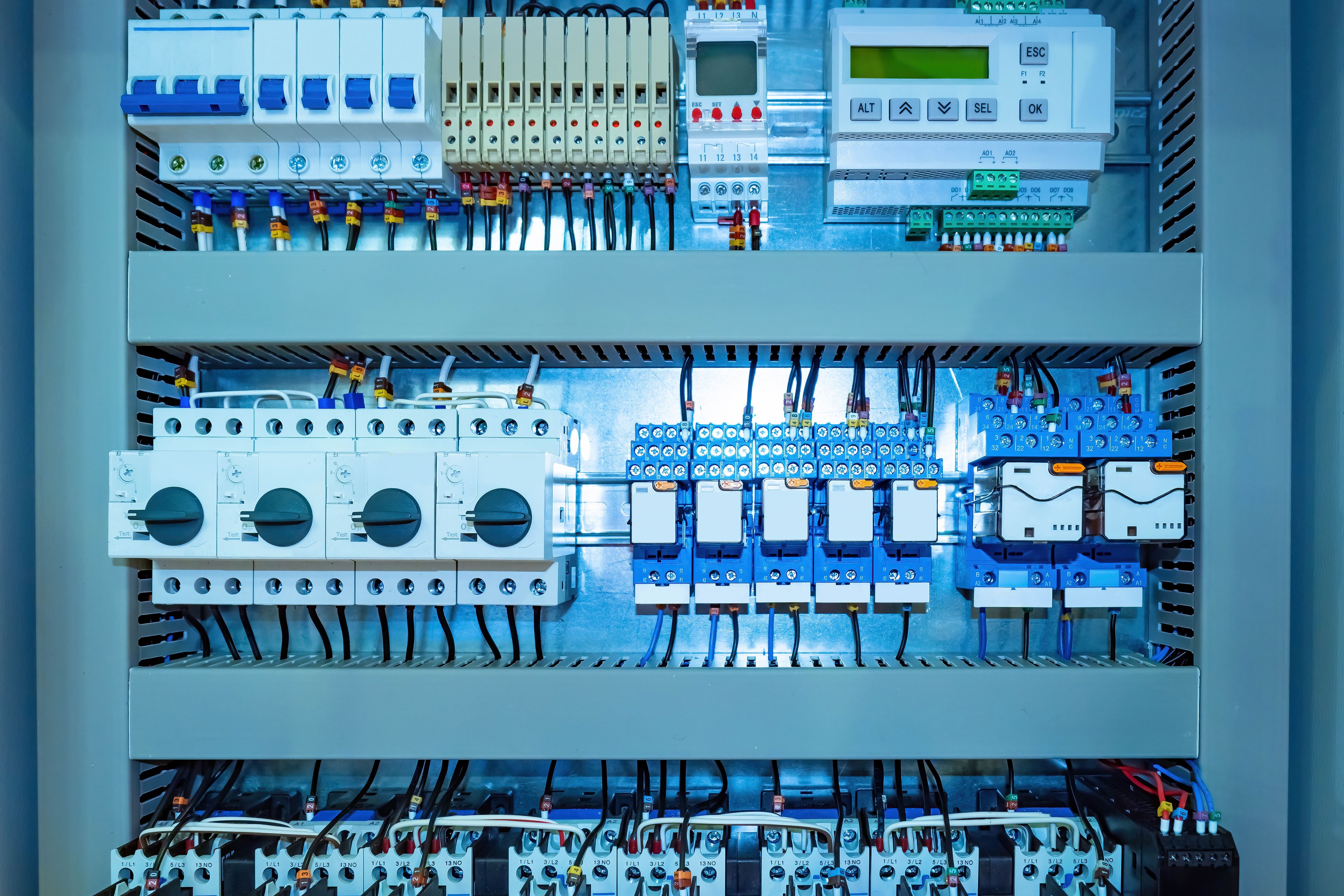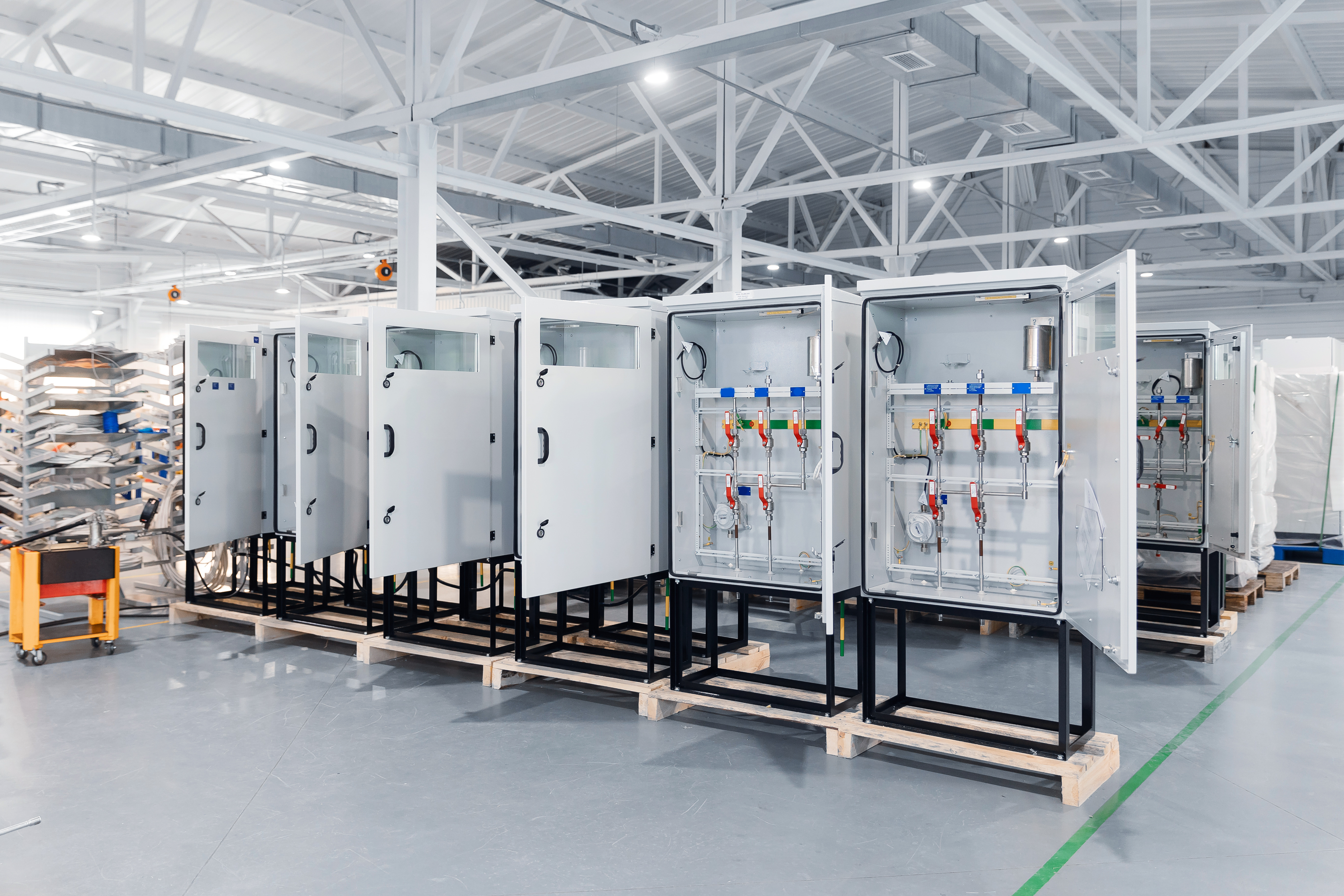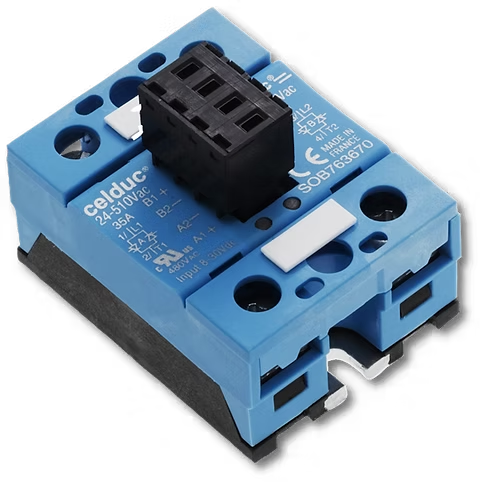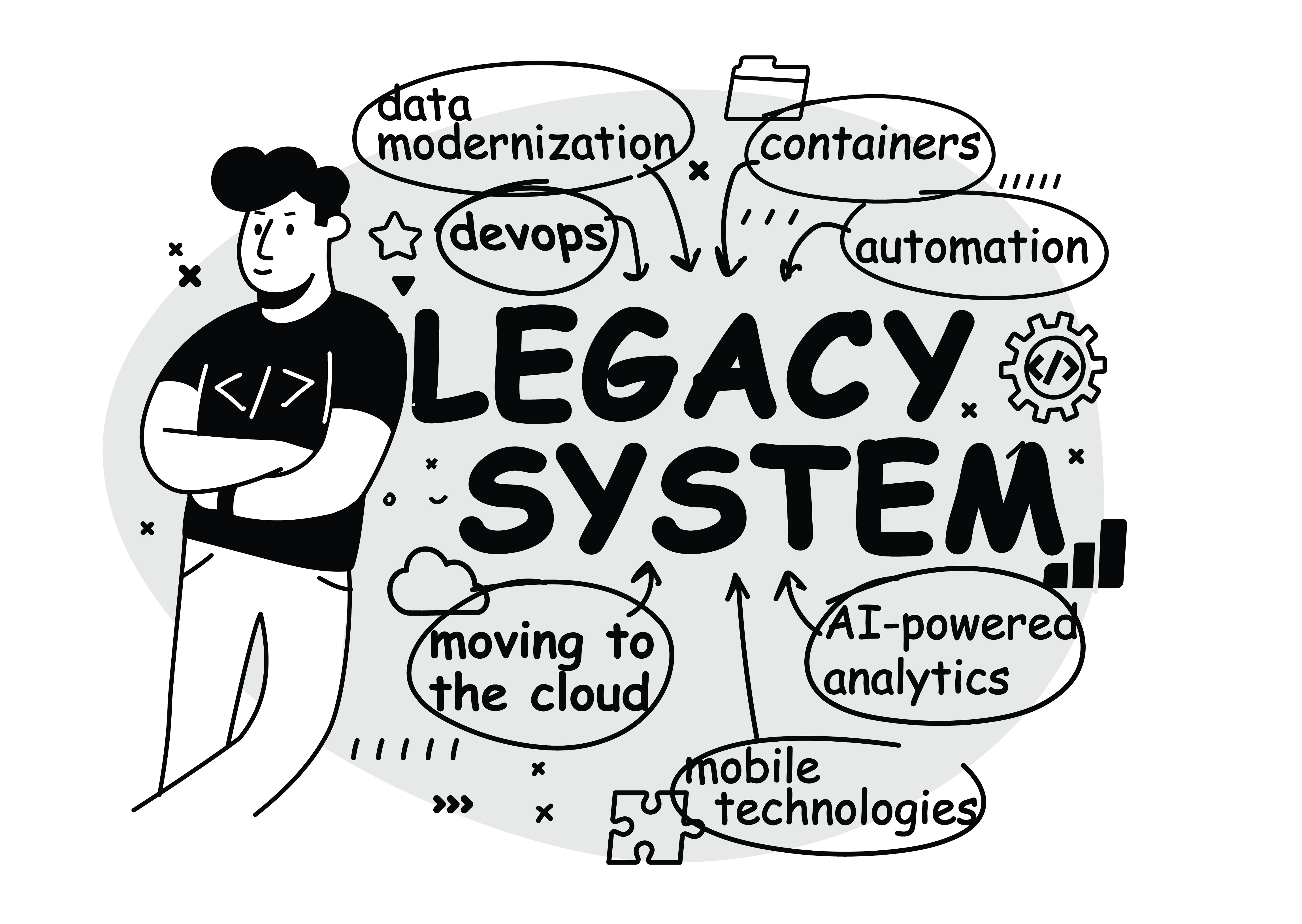High-volume packaging operations demand speed, precision, and uptime. For OEMs and control engineers, the challenge is to design equipment that meets today’s performance targets while staying flexible for future demands. Scalable packaging machines start with a control system architecture that prioritizes modularity, clear data visibility, and repeatable builds.
By simplifying complexity from the start, you create a foundation that supports every stage of the machine lifecycle, from commissioning and maintenance to upgrades and retrofits. Modern components such as remote I/O and embedded networking make it easier to design machines that are efficient, flexible, and ready for the demands of high-volume production.
Streamline Builds with Remote I/O for Faster Assembly
Traditional control panel designs often rely on a central enclosure filled with terminal blocks, I/O cards, and extensive point-to-point wiring. This setup quickly becomes a bottleneck for large or complex machines. Every sensor, valve, and motor requires a home-run cable back to the main panel, creating dense wiring that is time-consuming to install, troubleshoot, and modify.
A modular control design using remote I/O simplifies this challenge. By distributing I/O blocks closer to the devices they control, you reduce wiring complexity and minimize build time. Instead of routing dozens of cables across the machine, a single network cable runs back to the PLC.
Key benefits include:
-
Faster Assembly: With less point-to-point wiring, technicians can quickly connect local devices to nearby I/O modules, reducing labor-intensive installation tasks.
-
Easier Troubleshooting: Local I/O blocks with LED indicators allow immediate status checks, eliminating the need to trace wires back to a crowded central panel.
-
Enhanced Modularity: Adding a new conveyor or labeling station becomes simple. Install a new I/O block, connect it to the existing network, and expand without reworking the main control panel.

Use Real-Time Energy Monitoring to Drive Efficiency
Sustainability and operational efficiency are no longer optional. Packaging operations want accurate insights into energy usage to control costs and meet corporate green goals. Integrating energy monitoring directly into the control system is one of the most effective ways to achieve this.
Remote I/O modules with analog inputs allow you to connect current transformers (CTs) to high-power components like motors, heaters, and drives. This approach enables you to:
-
Track Real-Time Energy Usage: Collect detailed power consumption data for specific machine functions and display it on the HMI for immediate visibility.
-
Identify Inefficiencies: Analyze trends to detect wasteful processes or components that are beginning to fail. A slow rise in motor current, for example, could point to a mechanical issue that needs attention.
-
Validate Design Improvements: Measure the impact of component upgrades or process changes, such as replacing motors or refining heating cycles.
Pairing remote I/O with an edge device such as the BB-400 Edge Controller takes this a step further. Data can be logged locally, analyzed at the edge, and securely transmitted to cloud platforms, all without overloading the primary PLC.

Optimize Panel Space with Embedded Ethernet Switches
Control panel space is always in high demand. Larger components drive up enclosure costs and complicate cooling and maintenance. Embedded Ethernet switches provide a compact, robust alternative to bulky DIN-rail switches, allowing you to design smaller, more efficient panels.
These compact switches can be mounted directly to a PCB or integrated into a sub-assembly, delivering key benefits:
-
Space Savings: Free valuable DIN-rail space and reduce panel size.
-
Improved Diagnostics: Managed embedded switches support advanced diagnostics, such as port monitoring and network traffic analysis, to help maintain uptime.
-
Simplified Wiring: Locating connection points closer to devices shortens cable runs and creates a cleaner, more organized panel layout.
Standardize Panel Designs for Consistent, Scalable Results
Standardization is essential for efficient, high-volume production. Applying this principle to control panel design allows you to create repeatable systems that are faster to build, easier to support, and consistent in quality.
To build a strong standardization strategy:
-
Develop a Template: Establish a standard panel layout for each machine model, defining the placement of the PLC, power supply, drives, and wiring paths.
-
Use Modular Components: Rely on a consistent family of modular products, such as remote I/O, so your team gains proficiency and builds repeatable processes across projects.
-
Implement Clear Labeling: Use logical, consistent labels for all wires, terminals, and components to speed up assembly and simplify field troubleshooting.

Conclusion
By combining standardized panel design, modular I/O, and compact networking, you create a scalable foundation for packaging equipment that delivers consistent performance, reduces build time, and simplifies field support.
Let’s talk about how modular I/O, embedded networking, and energy monitoring can simplify your next packaging machine design and deliver the performance your customers expect.







